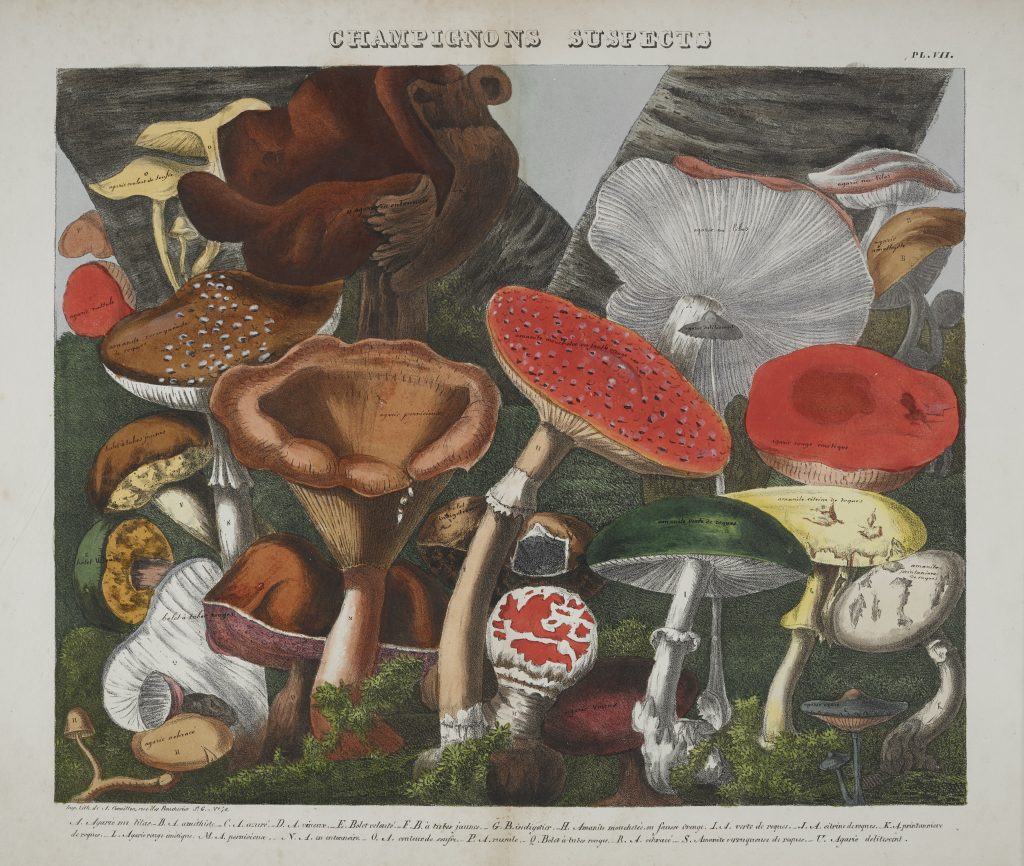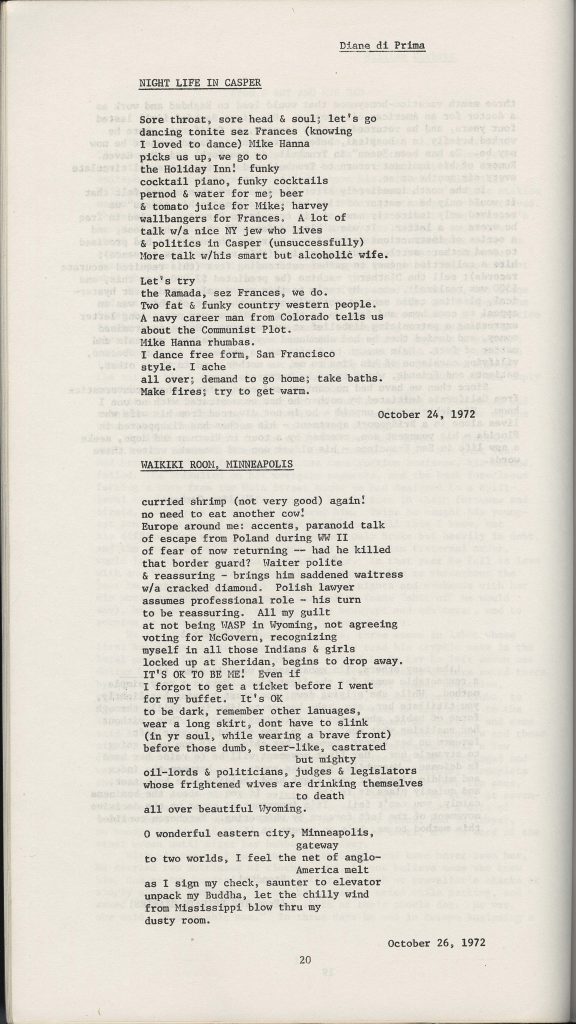Here in the Rare Book Collection, our materials often tell stories, both through their contents and what we can infer about their former owners. The other day I explored our catalog to see whether we have any broadside ballads—a printing genre related to the oral tradition of storytelling through song.
According to The Ballads Project at the Bodleian Library, “Broadside ballads were popular songs, sold for a penny or half-penny in the streets of towns and villages around Britain between the sixteenth and early twentieth centuries.” The Bodleian also describes them as “one of the cheapest forms of print available” at that time.
Ballad singers would peddle broadsides in busy streets and markets, advertising their wares by singing their contents. Ballads spread news, gossip, and legends and often told tales of romantic tragedy and terror.

In the RBC there is a slim volume of twelve eighteenth- and nineteenth-century broadside ballads bound together. The majority are murder ballads, an especially popular form that divulged the details of crimes both real and imagined. The murder ballads here include “The Wittham-Miller, or the Berkshire Tragedy,” “The Unhappy Lady of Hackney,” and “The London Damsel.” It is appropriate that this collection should find its way to UNC, as North Carolina ballad singers to this day sing murder ballads like “Omie Wise,” “Bolamkin,” and “Rose Connolly.”
What is most delightful about this little volume is that it also includes a manuscript ballad. Pasted at the front is a hand-written version of “The Merry Haymakers” (number 153 in the Roud Broadside Index), which tells a simple story of lads and lasses making hay. Upon the arrival of a piper, they throw down their rakes and begin making merry!
It is fascinating to read this pastoral ballad alongside grisly tales such as “The Wittham-Miller” above. In the late eighteenth century, collectors as well as Romantic poets like Robert Burns were beginning to pay attention to the oral tradition of ballad singing, which was related to the broadside tradition. Indeed, “The Merry Haymakers” exists in both. But ballads that survived in the oral tradition tended to be more lyrical and less news-driven. Perhaps this is an example of some of that early fieldwork and the cultural shift toward Romanticism.
Below is an image of “The Merry Haymakers” followed by a transcription.


In ye Month of July ye prime time of ye yeare
down in yondor Meadow thare runs A Riuer Cleare
& many a little fish dos in that riuer play
many a lad and many a Lass was abroad making hay
Then came in the seythe men to mow this meadow down
with budget & with bottle of Ale ye is so Brown
all Labouring men of Courage bould came there [say] to fiye
Lets whet & blow & stoutly for ye grass Cuts uery dry
Thare is Tib & Tommy with pitchfork & with Rake
with Molly Nel & Susan Came thare their hay to Make
Sweet Yug Yug Yug Yug Sweet the nightingale dosth Sing
from Morning till ye Euening as thay weare a hay making
but when brite phebus the Sun was going down
a mery disposed piper Aproaching from the Town
Puld out his pipe & Taber Resoluing for to play
which made em all lay down thare Rakes
& to Leave off Making hay
Then Jouning in a dance wee Trip it one a green
Though tired wth out Labour no wearyness is Seen
Each triping like to faires our dance we do pursue
with Leading up & fasting of till ye Morning its in vein
Then Each Lad he Takes his Lass the Morning being come
& layes down on thare hay focks till ye rising of the Sun
& Sporting all ye while ye harmless birds do Sing
& arise Each Lad & take ye Lass & away to hay making






